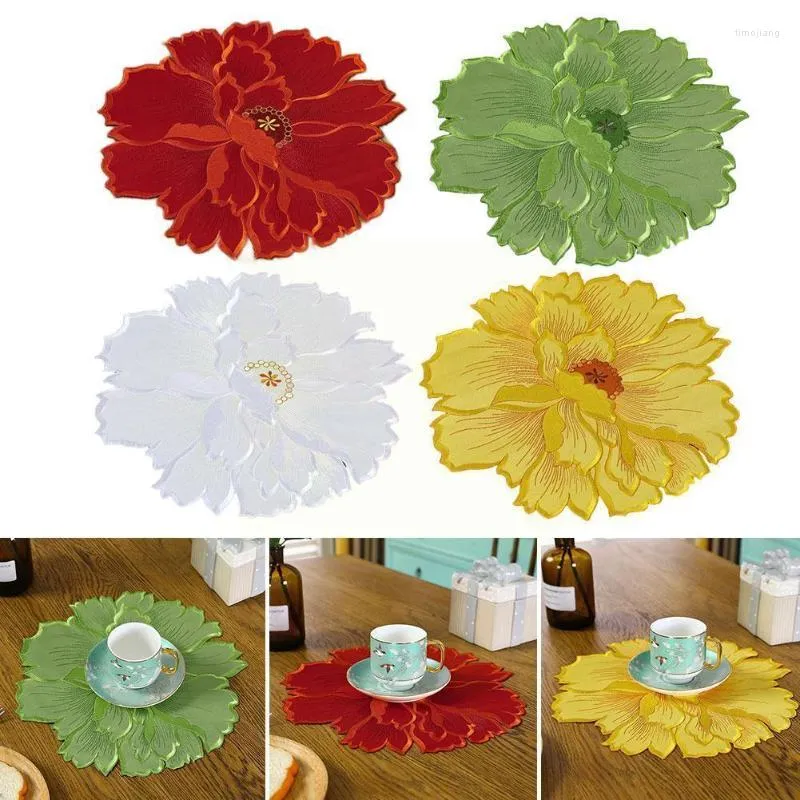Top News Sites - An Overview
Wiki Article
How Unique Art can Save You Time, Stress, and Money.
Table of ContentsThe Greatest Guide To Unique ArtThe Of Unique ArtGetting The Unique Art To Work8 Simple Techniques For Unique Art
While one may question which art form holds precedence, the truth remains that each of these 7 types offers an unique home window right into human background, culture, and evolution. They are the tapestries that chronicle our journey, reminding us of our past while motivating visions for the future.Terrific art work tells a tale, makes individuals look two times, and develops a special experience that can not be matched. Art and illustrations connect every one of that with shade, shape and various other layout elements. Learn how to make your distinct artwork stick out from the group.
3 Emil DervishIn this entryway by Emil Dervish that beautiful cobalt blue door steals the program. To bring a lot more drama, he prolonged the paint. to the doorframe and the wall up, finishing in a curved shape. The contours, in addition to a round sconce, soften the sides - Unique Art. Structures vintage posters and maps of cherished locations set the scene.
8 TRIA GIOVANEqual parts grand and laidback, this foyer designed by Anthony Baratta is the best blueprint to adhere to if you're enhancing a formal entryway that still feels unfussy and comfortable. Patterned fabrics take center stage (see the carpets and the sofa), however they likewise help bring the high ceilings down to a human scale when hung over wallpaper.
The Single Strategy To Use For Unique Art
18 Heidi Caillier DesignA gallery wall doesn't need to use up the whole space. In fact, in some cases a small one can make a larger design statement. In this living-room, Hiedi Caillier selected micro-mini frameworks and an arbitrary structure. Advertisement - Continue Analysis Below19 Stephen Kent JohnsonDesigner Juan Carretero decided for a deep environment-friendly paint color to comparison with the light timber finishes., the expression of concepts and emotions, with the creation of certain aesthetic high qualities, in a two-dimensional aesthetic language. The elements of this languageits forms, lines, colours, tones, and texturesare utilized in different means to produce experiences of volume, space, movement, and light on a flat surface. These components are incorporated right into meaningful patterns in order to stand for genuine or supernatural sensations, to translate a narrative theme, or to produce wholly abstract visual connections.
Later the idea of the "fine musician" established in Asia and Renaissance Europe. Noticeable painters were paid for the social condition of scholars and courtiers; they authorized their work, chose its layout and often its subject and imagery, and developed a much more personalif not always amicablerelationship with their clients. During the 19th century painters in Western cultures started to lose their social placement and secure patronage.
read this article
Unique Art Fundamentals Explained
Others made an income with touring events of their job. The need to appeal to a marketplace had actually changed the comparable (if much less impersonal) demands of patronage, and its result on the art itself was probably similar. Generally, artists in the 20th century could get to an audience only via industrial galleries and public museums, although their work might have been sometimes recreated in art regularsFor the background of paint in ancient Egypt, see Egyptian art and style. The development of painting in different regions is dealt with in a number of short articles: Western paint; African art; Main Oriental arts; Chinese paint; Islamic arts; Japanese art; Korean art; Native American art; Oceanic art and design; South Eastern arts; Southeast Asian arts. For a conversation of the bogus of masterpieces, see imitation. For a conversation of the duty of painting and various other arts in religious visit the site beliefs, as well as of the usage of religious icons in art, see religious meaning and iconography. For info on other arts associated with painting, see articles such as attracting; folk art; printmaking. , even when a painting's narrative importance is odd.
Don't copy the style of other musicians if you're trying to find your design. Copying other individuals's artwork can be terrific in educational objectives however it will certainly not make you closer to locating your very own special style. Your creative style needs to be, what you like and what inspires you.

Unique Art Fundamentals Explained
You require to attempt lots of different options and check out everything prior to you can concentrate on one specific design or you'll be tired, or worse, you'll hate your own style. I suggest you to attempt every solitary subject that you're interested in, explore as much as you can. Attempt various mediums that delight you and new methods you've never ever tried before.With time you'll be able to sort all of them right into your favored and the very least favorite classifications. Try to concentrate your focus on the subjects and mediums that you like and before you see it coming you'll have your own individual and distinct design, like no one else have! In the end you'll have a couple of favorite subjects to paint and perhaps a few favored mediums.

Report this wiki page